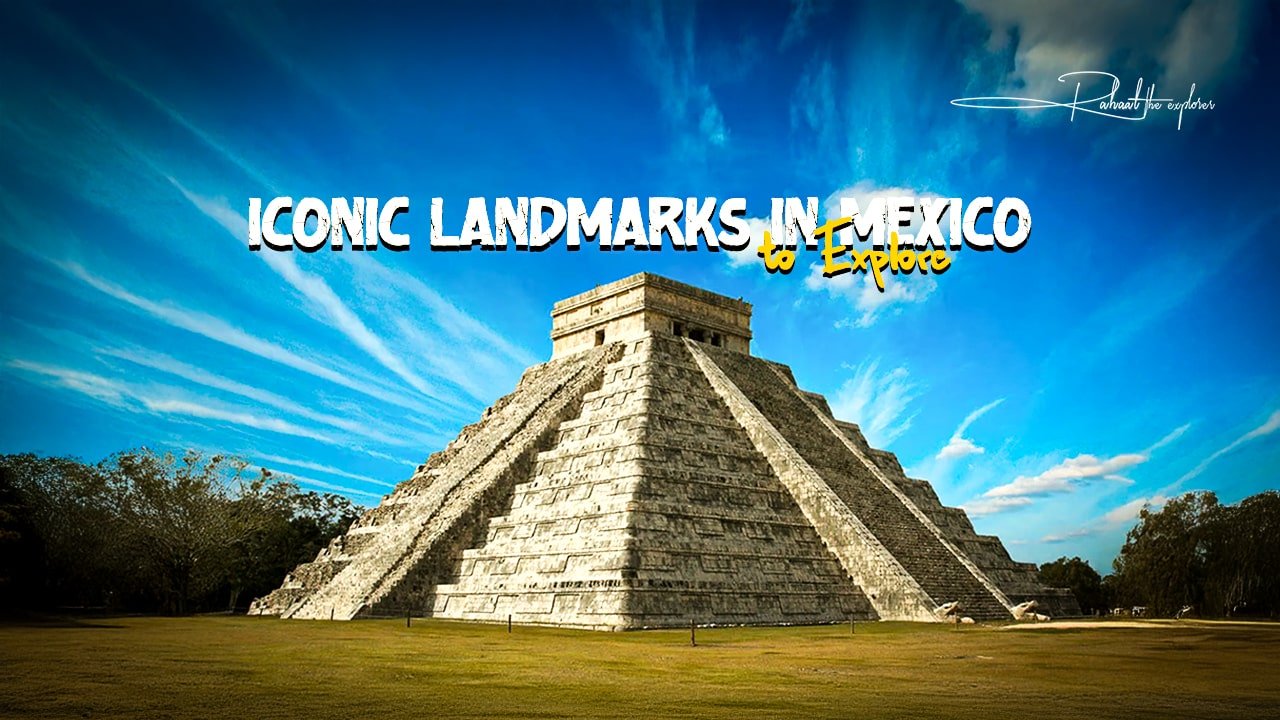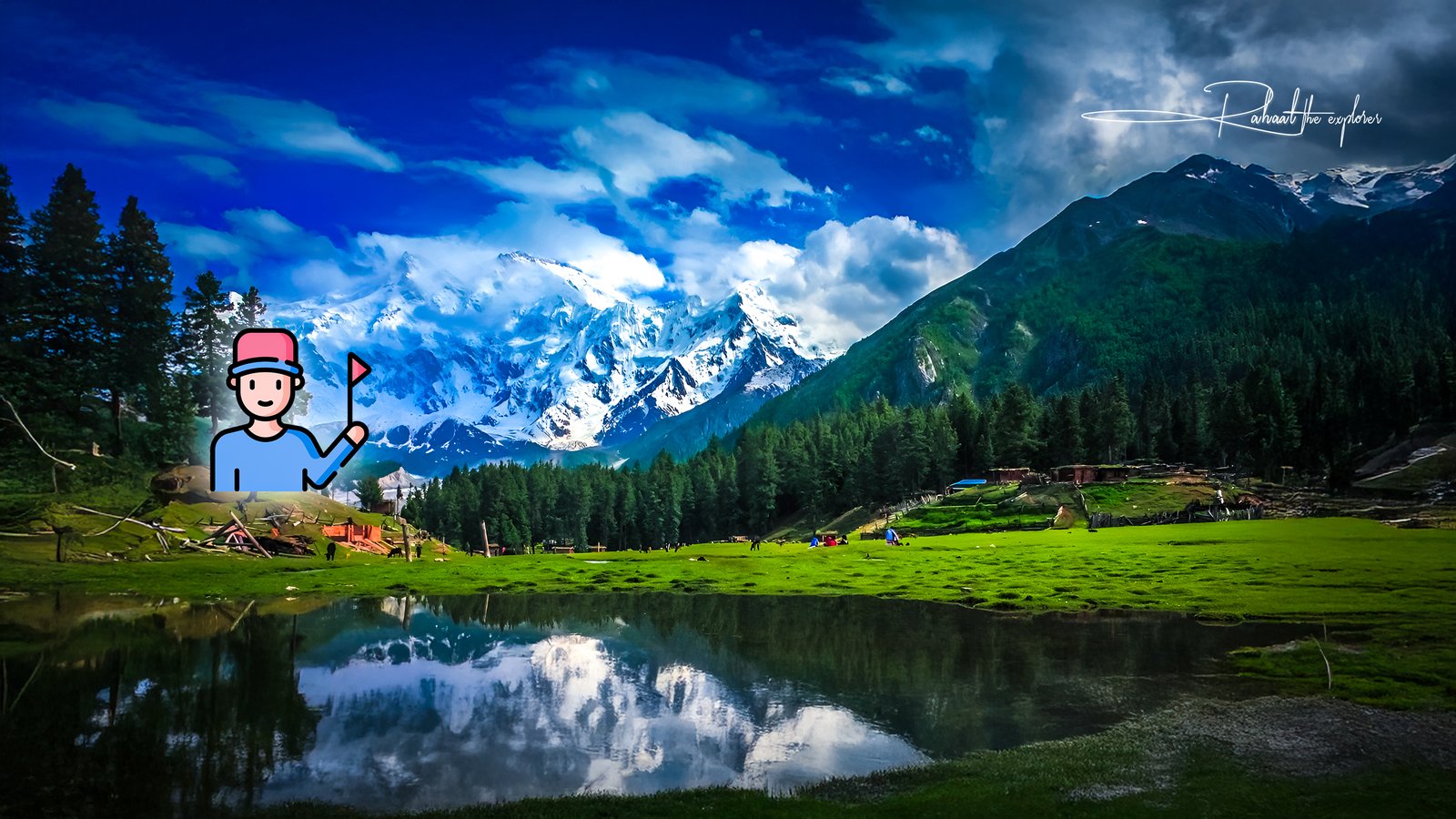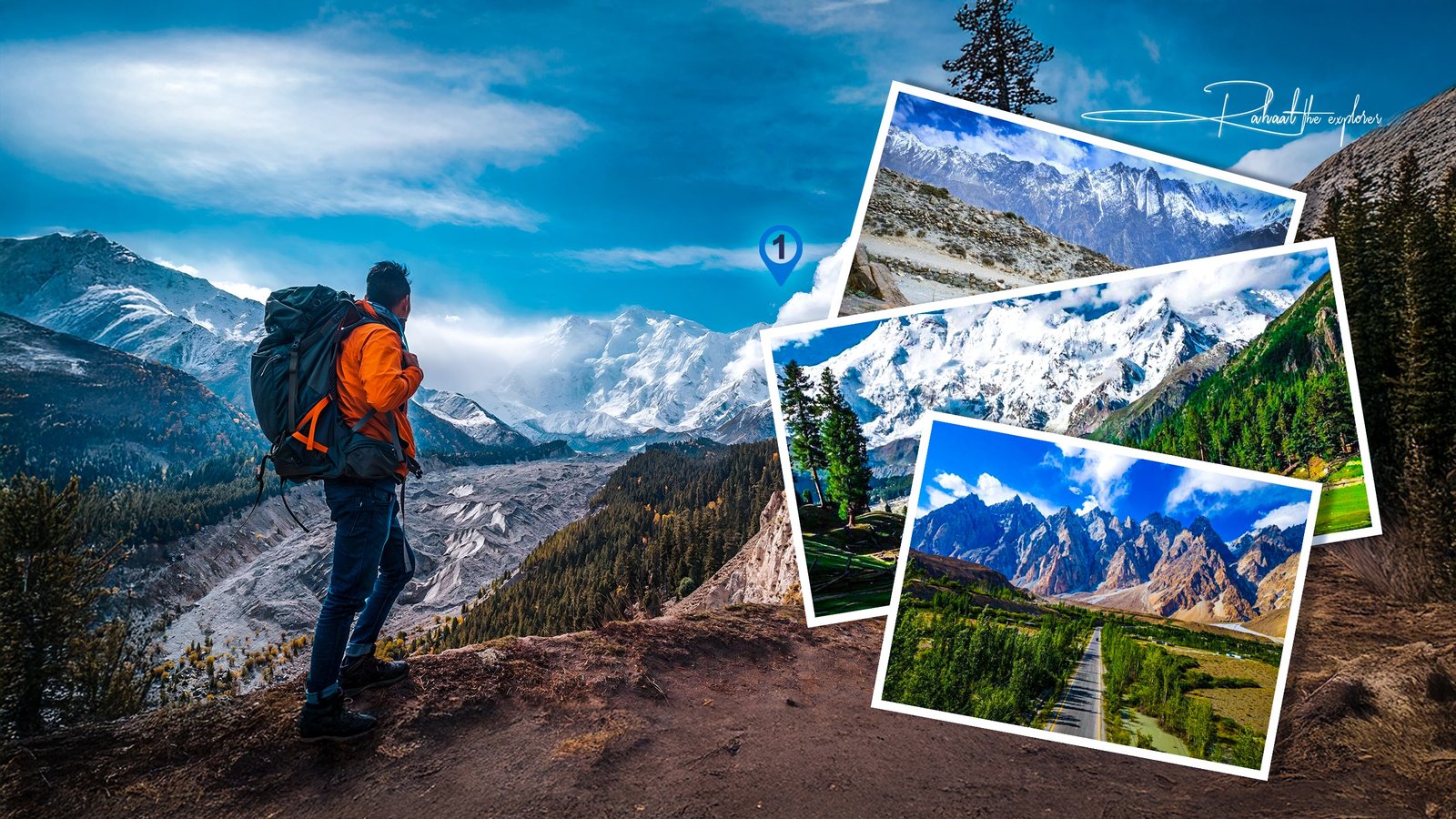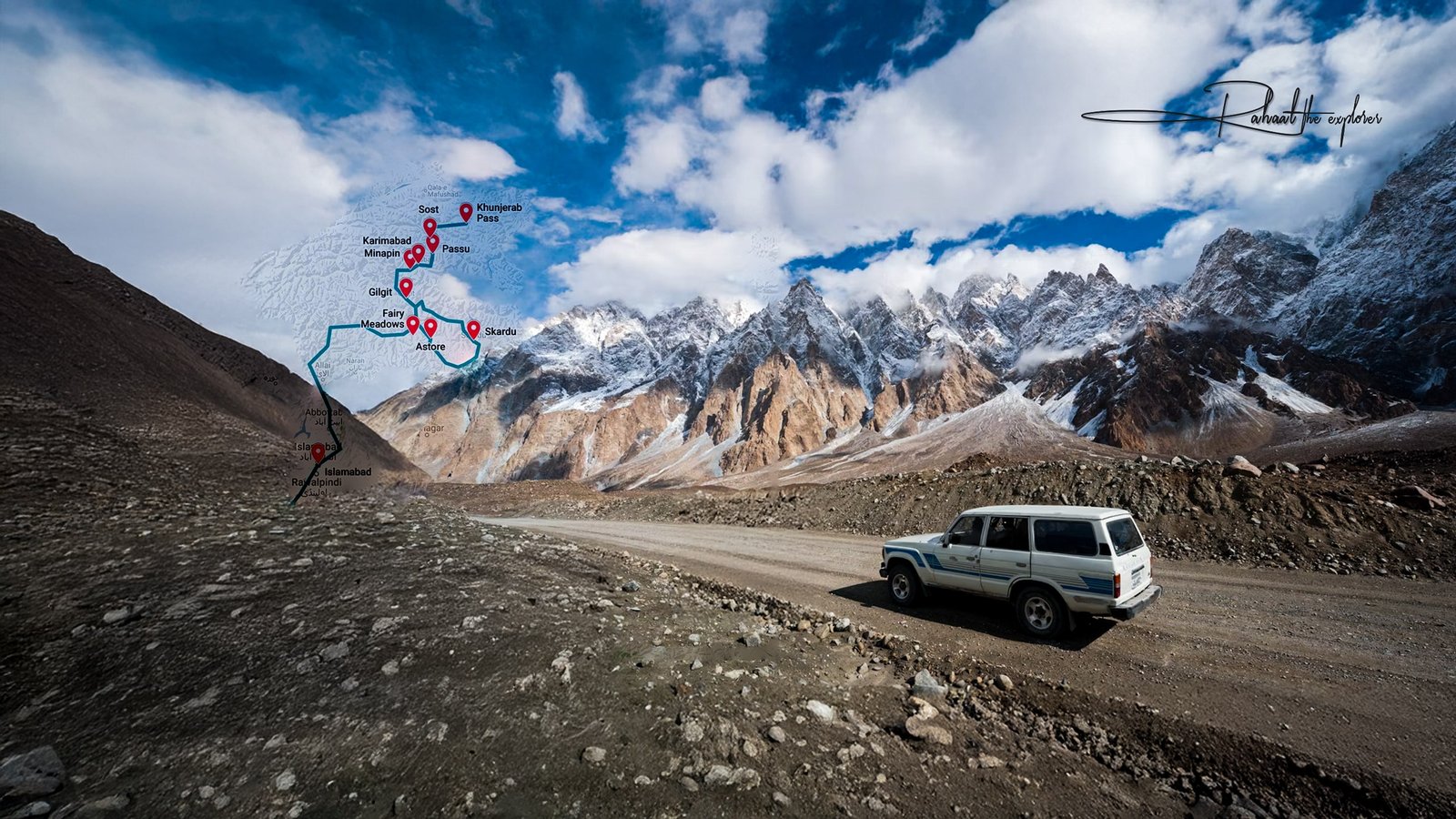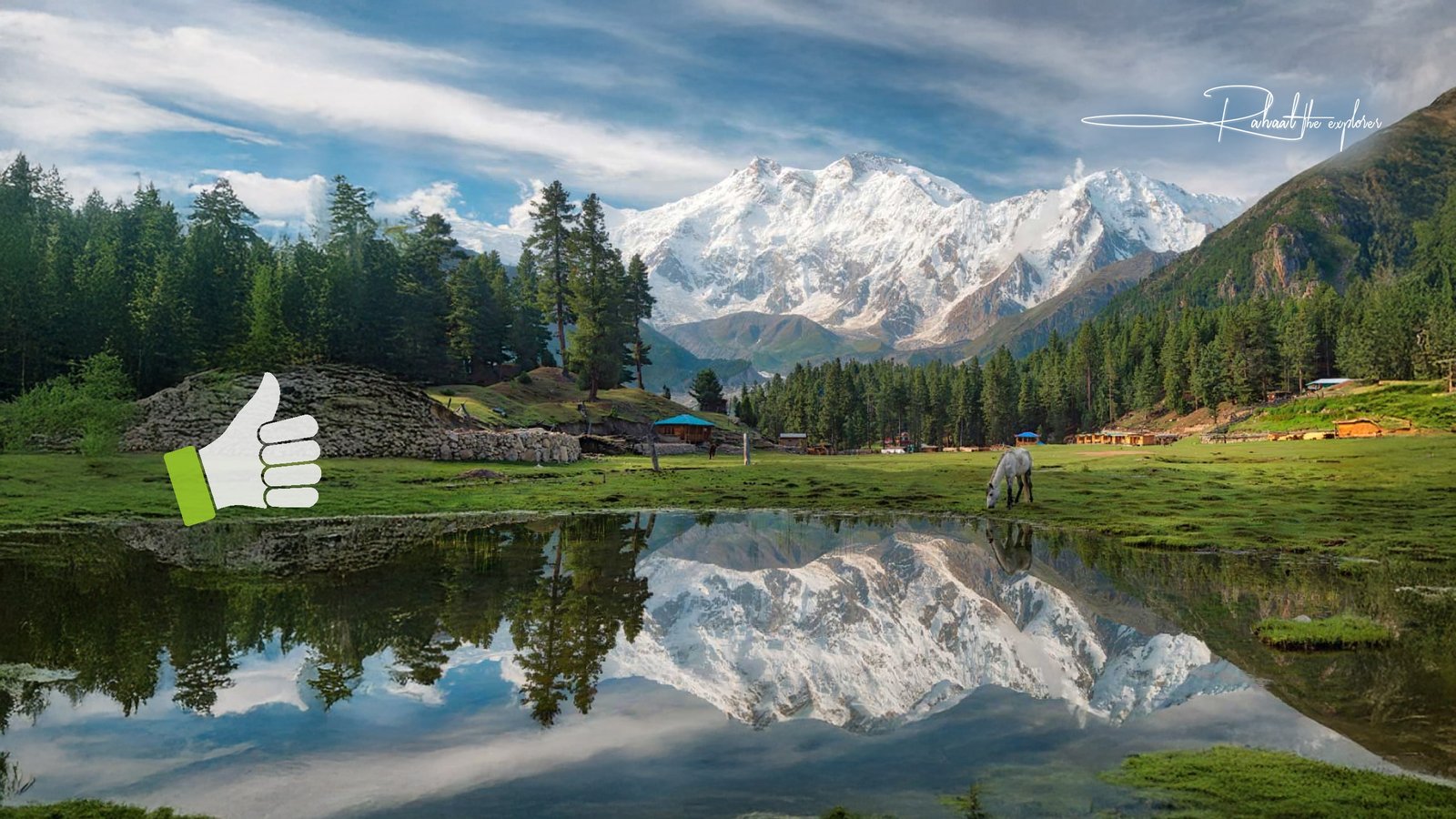Introduction
Mexico is a country that blends ancient civilizations, colonial heritage, and modern achievements into one of the world’s most diverse travel destinations. From the towering pyramids of Teotihuacán to the colorful streets of Guanajuato, travelers can immerse themselves in centuries of history and culture. Whether you’re an adventurer, a history buff, or someone simply looking for beautiful views, the many landmarks in Mexico offer something for everyone.
In this guide, we’ll explore some of the most iconic landmarks in Mexico—spanning archaeological sites, natural wonders, UNESCO World Heritage Sites, and cultural gems. By the end, you’ll have a full travel checklist of must-see spots to include on your next Mexican journey.
Why Explore Landmarks in Mexico?
Before diving into the list, let’s answer an important question: why are Mexico’s landmarks so significant?
- Cultural richness – Mexico was home to advanced civilizations like the Aztecs, Mayans, and Zapotecs. Their temples and cities remain architectural marvels.
- World Heritage Sites – With over 35 UNESCO World Heritage Sites, Mexico ranks among the top globally.
- Diverse landscapes – From deserts to jungles to pristine coastlines, natural landmarks add to the country’s charm.
- Accessible tourism – Many landmarks are visitor-friendly, with guided tours, museums, and facilities.
Exploring landmarks in Mexico is not just sightseeing—it’s a journey through time and culture.
Top Ancient Landmarks in Mexico
1. Chichen Itza
One of the New Seven Wonders of the World, Chichen Itza in Yucatán is Mexico’s most famous archaeological site. Built by the Mayans, it showcases advanced knowledge of astronomy and architecture.
- Highlights: The Temple of Kukulcán (El Castillo), Sacred Cenote, Great Ball Court.
- Travel Tip: Visit during the spring or fall equinox to witness the serpent-shadow phenomenon on El Castillo.
2. Teotihuacán
Located near Mexico City, Teotihuacán is home to the Pyramid of the Sun and Pyramid of the Moon. Once one of the largest cities in the ancient world, its ruins are breathtaking.
- Highlights: Avenue of the Dead, Pyramid of the Sun, Temple of the Feathered Serpent.
- Travel Tip: Climb the pyramids early in the morning to avoid heat and crowds.
3. Palenque
Deep in Chiapas’ jungles lies Palenque, a stunning Mayan city known for its intricate carvings and jungle setting.
- Highlights: Temple of the Inscriptions, Palace Complex.
- Travel Tip: Combine your visit with a trip to Agua Azul waterfalls.
4. Monte Albán
Situated in Oaxaca, Monte Albán was once the center of Zapotec civilization. The site offers panoramic views of the valley.
- Highlights: Great Plaza, Ball Courts, carved stelae.
- Travel Tip: Visit in the morning for cooler weather and fewer crowds.
5. Tulum Ruins
Perched on cliffs overlooking the Caribbean Sea, Tulum is one of the most picturesque landmarks in Mexico.
- Highlights: Temple of the Frescoes, seaside views.
- Travel Tip: Bring swimwear to enjoy nearby beaches after exploring the ruins.
Colonial and Cultural Landmarks in Mexico
6. Mexico City’s Historic Center (Zócalo)
The beating heart of Mexico City, the Zócalo is surrounded by landmarks like the Metropolitan Cathedral and National Palace.
- Highlights: Diego Rivera murals, Templo Mayor ruins.
- Travel Tip: Take a walking tour to fully appreciate the mix of Aztec and Spanish history.
7. Guanajuato
A UNESCO World Heritage City, Guanajuato is famous for its colorful houses, underground streets, and cultural festivals.
- Highlights: Teatro Juárez, Callejón del Beso, Mummy Museum.
- Travel Tip: Visit during the Cervantino Festival for a vibrant cultural experience.
8. Puebla
Known for its colonial architecture and culinary traditions, Puebla is another UNESCO site.
- Highlights: Puebla Cathedral, Talavera pottery workshops.
- Travel Tip: Don’t miss trying mole poblano, the city’s iconic dish.
9. San Miguel de Allende
A charming city filled with cobblestone streets and baroque architecture, San Miguel de Allende is a hub for art and culture.
- Highlights: Parroquia de San Miguel Arcángel, art galleries.
- Travel Tip: Best explored on foot to enjoy its romantic vibe.
Natural Landmarks in Mexico
10. Copper Canyon (Barranca del Cobre)
Bigger and deeper than the Grand Canyon, Copper Canyon in Chihuahua is a breathtaking natural wonder.
- Highlights: Train ride on El Chepe, Tarahumara villages.
- Travel Tip: Take a multi-day trip to hike and explore local culture.
11. Sumidero Canyon
Near Chiapas, this canyon with sheer cliffs and a river is best explored by boat.
- Highlights: Crocodiles, monkeys, and birdwatching.
- Travel Tip: Early morning boat rides offer the best wildlife sightings.
12. Cenotes of Yucatán
Natural sinkholes formed by limestone, cenotes were sacred to the Mayans and today attract divers and swimmers.
- Highlights: Ik Kil, Dos Ojos, and Gran Cenote.
- Travel Tip: Bring snorkeling gear to fully enjoy the crystal-clear waters.
13. Popocatépetl Volcano
One of Mexico’s most famous volcanoes, Popocatépetl can be seen from Mexico City on clear days.
- Highlights: Snowcapped views, nearby hiking trails.
- Travel Tip: Climbing is restricted due to volcanic activity, but surrounding areas offer great views.
Modern Landmarks in Mexico
14. Museo Soumaya
In Mexico City, the futuristic Museo Soumaya houses art from Rodin, Dalí, and Mexican masters.
- Highlights: Over 66,000 works of art.
- Travel Tip: Admission is free, making it a great cultural stop.
15. Basilica of Our Lady of Guadalupe
A major pilgrimage site, this modern basilica attracts millions each year. It’s one of the most important religious landmarks in Mexico.
- Highlights: The tilma of Juan Diego.
- Travel Tip: Best visited in December during the Feast of Our Lady of Guadalupe.
16. El Ángel de la Independencia
Located on Mexico City’s Reforma Avenue, this golden angel statue commemorates Mexico’s independence.
- Highlights: Symbol of national pride, often used for celebrations.
- Travel Tip: Evening visits allow you to see it beautifully lit up.
Tips for Exploring Landmarks in Mexico
- Plan ahead: Some sites require tickets in advance, especially Chichen Itza.
- Stay hydrated: Mexico’s climate can be hot and humid, particularly near ruins.
- Hire local guides: They provide historical insights and cultural context.
- Respect cultural sites: Many landmarks hold deep spiritual or historical significance.
- Mix it up: Combine ancient ruins, natural wonders, and modern landmarks for a balanced trip.
FAQs about Landmarks in Mexico
Q1: What are the most famous landmarks in Mexico?
Chichen Itza, Teotihuacán, the Zócalo, Copper Canyon, and the Basilica of Our Lady of Guadalupe are among the top landmarks.
Q2: Are landmarks in Mexico safe to visit?
Yes, most tourist landmarks are safe, especially if you stick to popular areas and follow local guidance.
Q3: Which natural landmarks in Mexico are must-sees?
Copper Canyon, Yucatán cenotes, and Sumidero Canyon are top natural attractions.
Q4: How many UNESCO World Heritage Sites does Mexico have?
Mexico has over 35 UNESCO World Heritage Sites, making it one of the top-ranked countries in the world.
Q5: Can I explore landmarks in Mexico without a tour guide?
Yes, but hiring a guide often enhances the experience with cultural and historical knowledge.
Conclusion
From ancient Mayan pyramids to modern architectural marvels, the landmarks in Mexico reflect the country’s deep history and diverse culture. Each site tells a story—whether it’s about indigenous civilizations, colonial heritage, or modern national identity.
If you’re planning a trip to Mexico, make sure your itinerary includes a mix of archaeological sites, cultural cities, and natural wonders. These landmarks not only showcase the beauty of Mexico but also connect travelers with its enduring spirit.
Exploring Mexico’s landmarks is more than just sightseeing—it’s about walking through centuries of history while experiencing the warmth and vibrancy of its people today.


